DeepGeo’s Laura Salonga and Copenhagen Atomics’ Thomas Jam Pedersen at the signing of a collaboration agreement in New York. (Photo: DeepGeo)
DeepGeo, a Rhode Island–based company seeking to develop multinational spent nuclear fuel repositories, and Denmark-based thorium reactor developer Copenhagen Atomics have signed a collaboration agreement that will see the companies work together on the management of nuclear fuels and waste streams associated with a thorium breeder reactor.
INL team removing and staging irradiated ANEEL fuel rodlets in the ATR canal. (Photo: Clean Core)
ANEEL fuel experiment capsules being staged at the ATR. (Photo: Clean Core)
Clean Core Thorium Energy (Clean Core) has announced that its ANEEL fuel is ready to begin irradiation testing and qualification at Idaho National Laboratory. The fuel, made of thorium and HALEU, was developed by Clean Core for use in pressurized heavy water reactors, including CANDU (Canadian deuterium-uranium) reactors. Irradiation of the fuel samples in INL’s Advanced Test Reactor (ATR) is set to begin this month.
The U.S. Army Corps of Engineers is safely cleaning up the former Maywood Chemical Works FUSRAP site in New Jersey.
USACE District Commander Mathew Luzzatto (right) is shown a map of the FUSRAP Maywood Superfund site in New Jersey in February 2023. (Photo: Nayelli Guerrero/USACE).
It is the 1940s in Maywood, N.J. A new residential community has sprouted up, and the homeowners want to beautify their front lawns, so they go to a nearby property to gather some fresh topsoil. Little did they know that they’re helping to plant the seeds for one of the largest and most high-profile environmental cleanup projects in the nation.
The ISOLDE facility. (Photo: CERN)
Today’s atomic clocks are exceptional timepieces that won’t lose or gain a second in 30 billion years. But if you’re looking for even more precision, you’ll be glad to learn that physicists at CERN’s ISOLDE nuclear physics facility have observed the decay of thorium-229 nuclei trapped in a crystalline structure and confirmed the potential for a nuclear clock. CERN announced the news on May 24.
Sen. Tommy Tuberville of Alabama.
Legislation known as the Thorium Energy Security Act, introduced in Congress last month by U.S. Sen. Tommy Tuberville (R., Ala.), would put a halt to the destruction of U.S. stockpiles of uranium-233 and instead would foster its integration into the development of thorium molten salt–cooled reactors, Newsweek reported last week. The act has been referred to the Senate Committee on Energy and Natural Resources.
(Photo: Clean Core Thorium Energy)
The Advanced Test Reactor (ATR) at Idaho National Laboratory will soon be irradiating fuel pellets containing thorium and high-assay low-enriched uranium (HALEU) developed by Clean Core Thorium Energy for use in pressurized heavy water reactors (PHWRs). Clean Core announced on June 14 that it will proceed with irradiation testing and qualification under an agreement with the Department of Energy; the plans have been in the works since at least 2020, when the DOE filed a National Environmental Policy Act (NEPA) disclosure for the work.
The DOE and a contractor recently succeeded in disposing of Oak Ridge’s low-activity U-233, but not before recovering Th-229 from the material.
A vial containing Th-299 extracted from uranyl nitrate.
This past October, the Department of Energy’s Oak Ridge Office of Environmental Management (OREM) and its contractor Isotek successfully completed processing and disposing the low-dose inventory of uranium-233 stored at Oak Ridge National Laboratory (ORNL), ending a two-year effort that has eliminated a portion of the site’s legacy nuclear material and provided rare nuclear isotopes for next-generation cancer treatment research.
China’s molten salt loop experiment. (Photo: Thorium Energy World)
China is moving ahead with the development of an experimental reactor that would be the first of its kind in the world and “could prove key to the pursuit of clean and safe nuclear power,” according to an article in New Atlas.



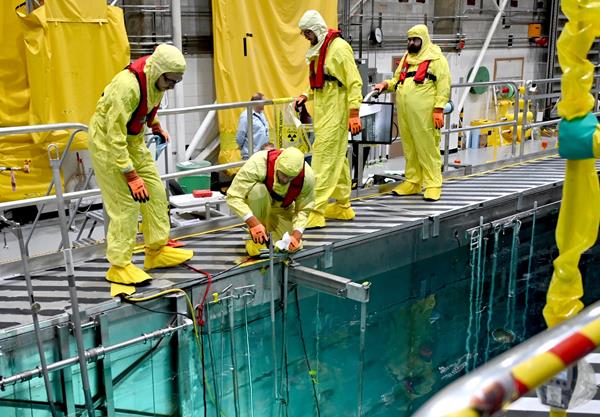

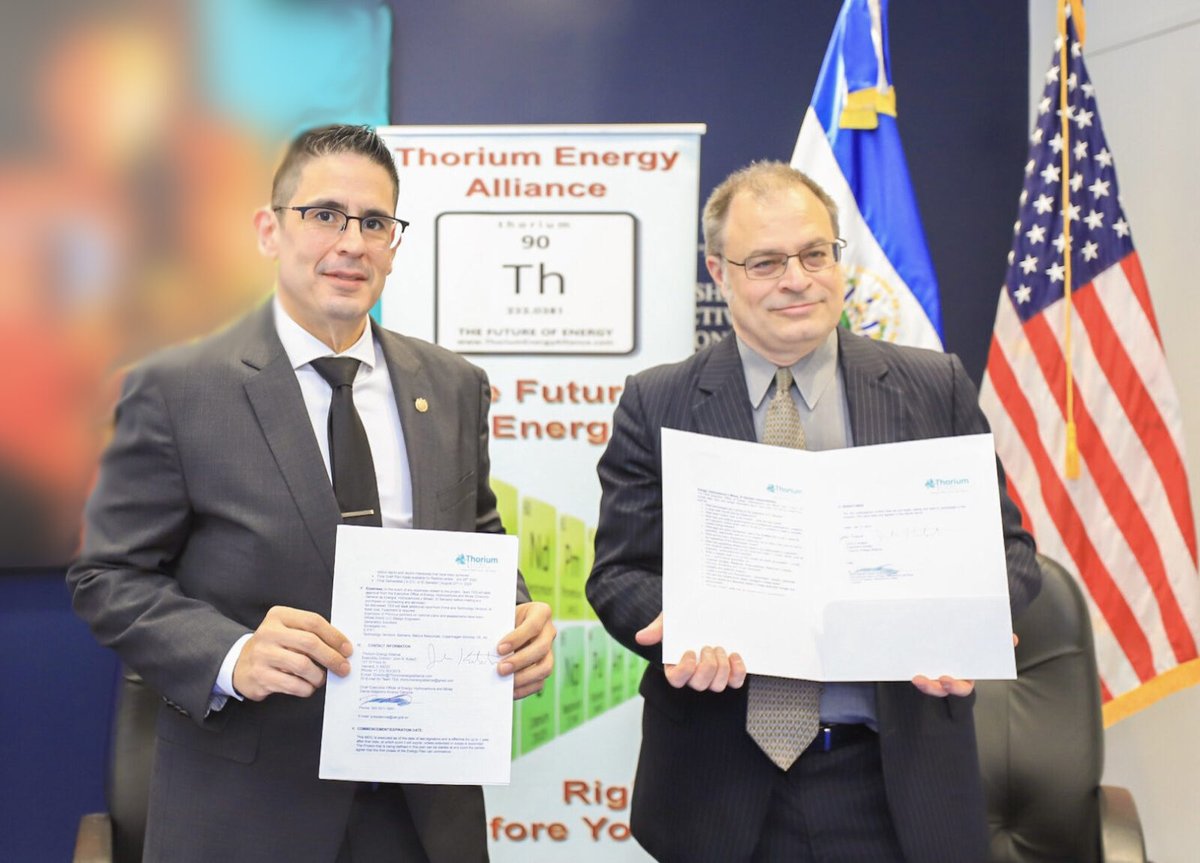


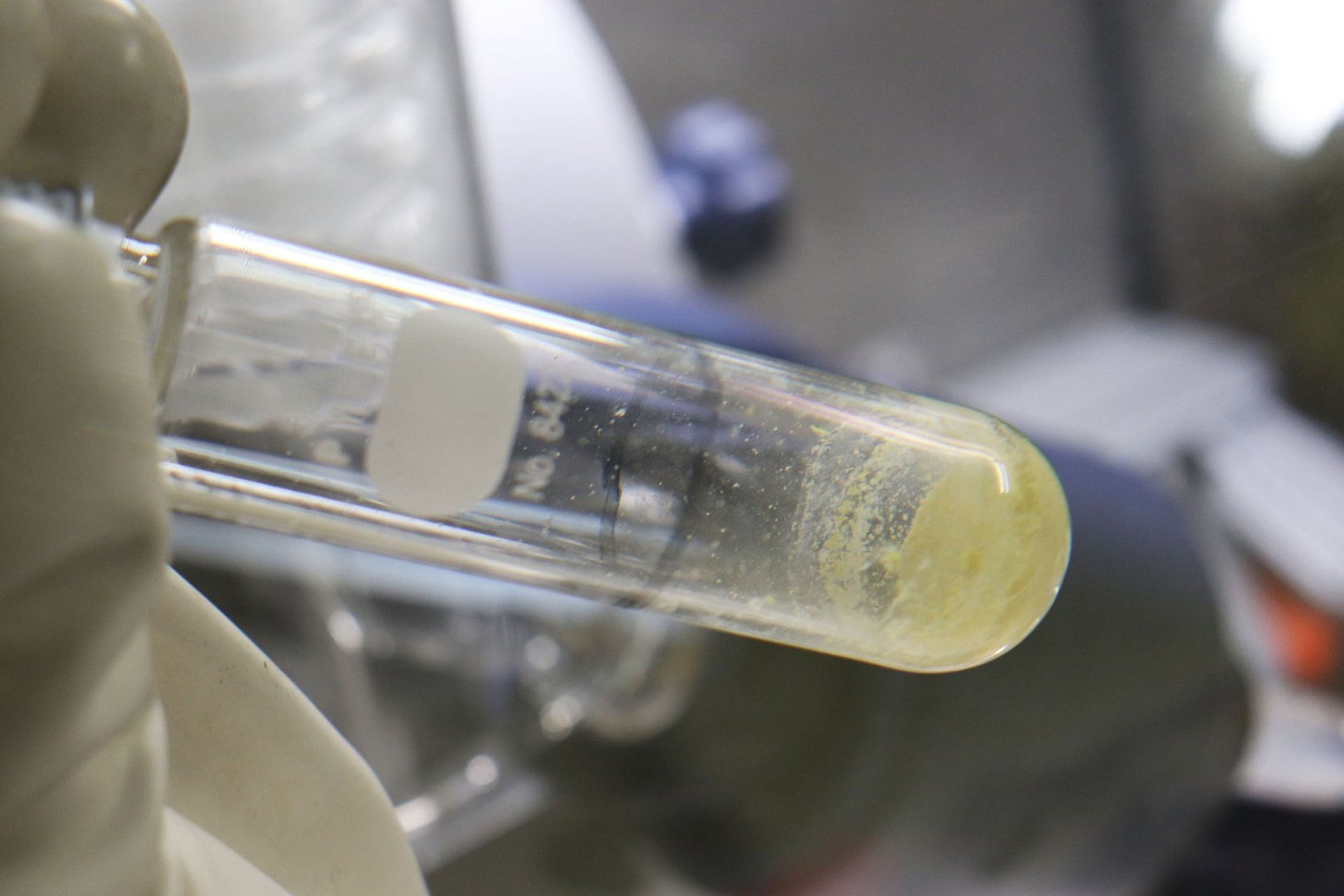
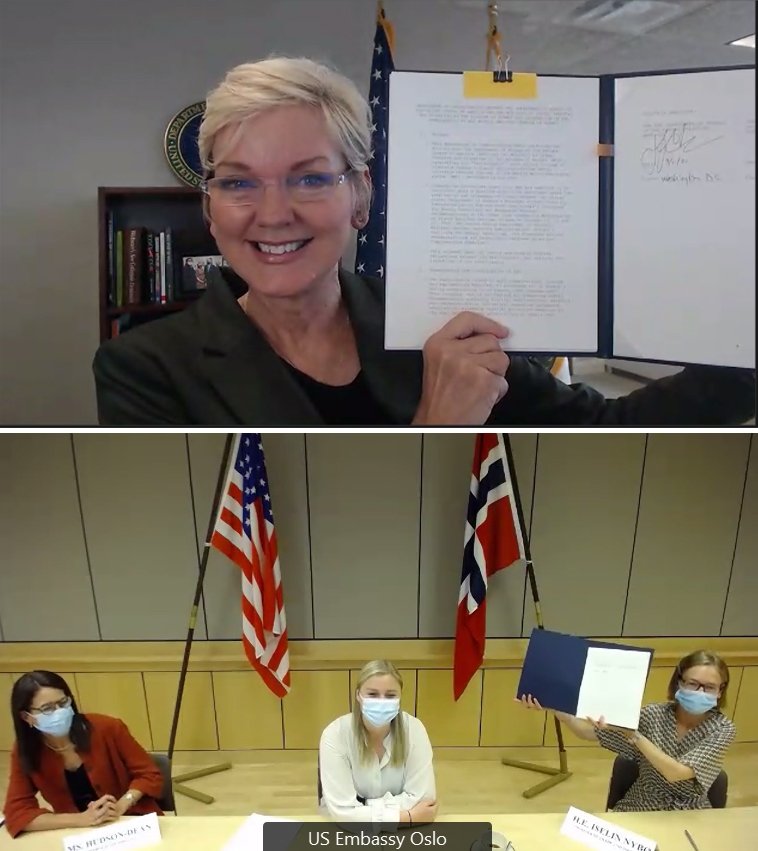
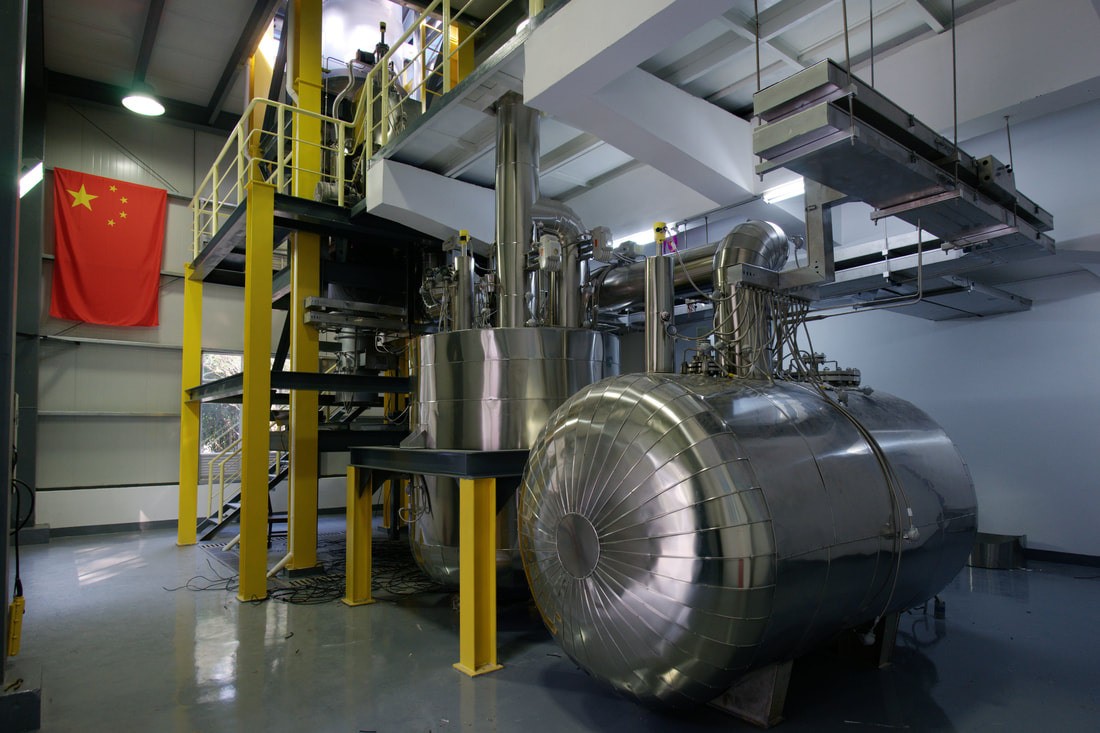
 Prisoner's Dilemma is a famous example of game theory. You can look at this example in quite a few ways. I especially think of this game when I am thinking about Liquid Fluoride Thorium Reactors (LFTRs) and advanced and non-traditional reactor development.
Prisoner's Dilemma is a famous example of game theory. You can look at this example in quite a few ways. I especially think of this game when I am thinking about Liquid Fluoride Thorium Reactors (LFTRs) and advanced and non-traditional reactor development.